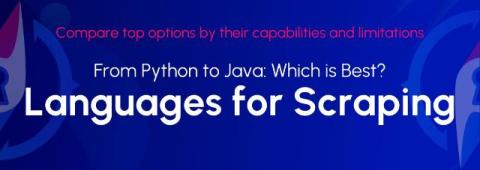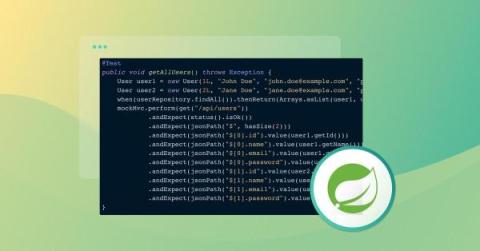Security | Threat Detection | Cyberattacks | DevSecOps | Compliance
Java
Four easy ways to analyze your Java and Kotlin code
From Python to Java: What is the Best Language to Web Scrape?
Java for Enterprise Applications: Powering Business with Robust and Scalable Solutions
Handling security vulnerabilities in Spring Boot
In the world of software development, managing dependencies is a core part of creating strong and secure applications. Spring Boot, a favorite among Java developers, makes building applications easier, but there's more to it than meets the eye. Keeping your dependencies in check is crucial to ensure that your Spring Boot projects run smoothly and remain resilient in the face of ever-evolving threats.
Untangle JavaScript Dependency Secrets #javascript #security #cybersecurity
CVE-2023-46604: Critical RCE Vulnerability in Apache ActiveMQ
Unveiling Java Library Vulnerabilities
During a recent customer engagement, we encountered an interesting situation. The customer had raised concerns about a Java XXE (XML External Entity) vulnerability that had left their developers puzzled. Notably, their Static Application Security Testing (SAST) scans consistently identified this as a potential vulnerability.
Securing symmetric encryption algorithms in Java
In our connected world, securing digital data has become an utmost priority. With the wide spread of Java applications in various sectors, from banking to healthcare, we must emphasize the importance of encryption. Encryption is converting readable data or plaintext into unreadable data or ciphertext, ensuring that even if encrypted data is intercepted, it remains inaccessible to unauthorized individuals.
A guide to input validation with Spring Boot
If you're a developer working with Java, you likely know Spring Boot, the robust framework that streamlines the development of stand-alone, production-grade, Spring-based applications. One of the many features it offers is Bean Validation, which is a crucial aspect of any application to ensure data integrity and improve user experience.











